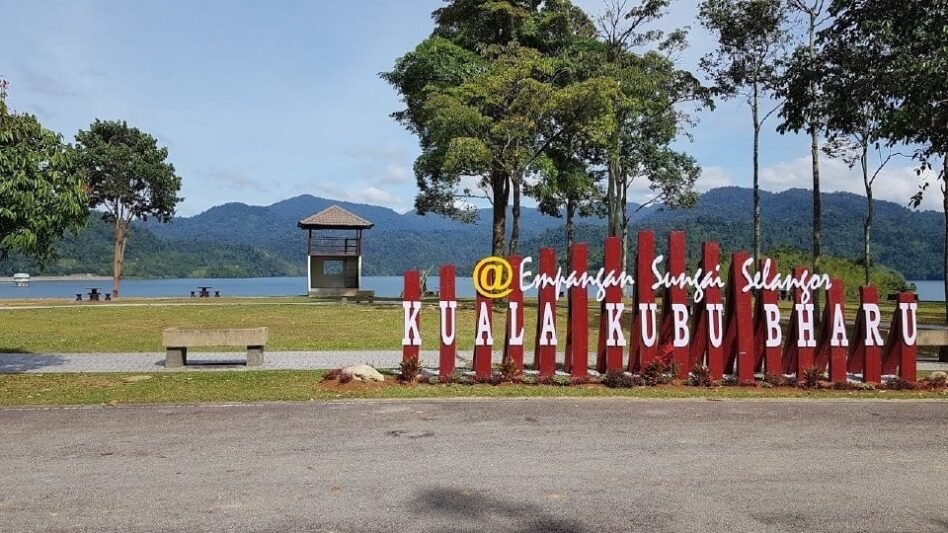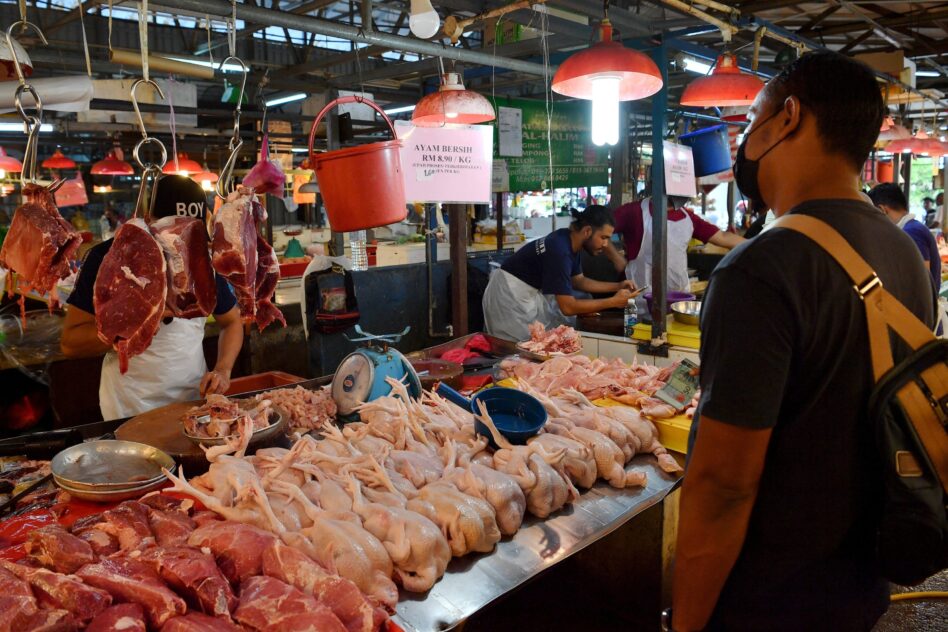
By Emmanuel Samarathisa
Is there light at the end of the tunnel for FGV Holdings Bhd? The government-linked planter has had a turbulent 2019. But with the end of the year nearby, it seems a respite is just around the corner. FGV’s share prices have been moving upward from 86 sen on Oct 4 to RM1.23 on Nov 12 for a huge 43% gain.
But how sustainable is the climb? MIDF Research analyst Khoo Zen Ye, who has a neutral call, believes the counter is mirroring the surge in crude palm oil (CPO) prices. “That is still the main thing with FGV,” he tells FocusM.
According to Bloomberg data, 12 analysts track FGV. Half of them have a hold call on the stock while there is a split of 25% each for buys and sells. As for future return potential, Bloomberg data shows that FGV would continue to post a loss of 8.9% on the stock.
Tied to crude palm oil
FGV’s sensitivity to CPO fluctuations is similar to other plantation companies. Its CPO average selling price (ASP) as at June 30 this year registered weak digits, declining 19% year-on-year (yoy) to RM1,972 per metric tonne.
It is believed that the lower price was due to a large supply of other edible oils in the market, weak market sentiment and the protracted US-China trade war. The ASP for the entire sector at the end of September this year was around RM2,000 per tonne.
That losing streak somehow quickly snapped. In two weeks, spot prices surged by 15.3%, climbing to RM2,444 per tonne on Oct 31 from RM2,119 per tonne on Oct 14.
One of the contributing factors had been a rise in exports. According to inspection firm AmSpec, Malaysia’s palm shipments rose by 17% in October compared with September.
Rakuten Trade vice president Vincent Lau notes that FGV is still “attractive” given that CPO prices are hovering at all-time highs. “The surge coupled with lower palm oil inventory and also the push for biodiesel utilisation will help support current prices,” he tells FocusM.
FGV’s landbank comprises 439,725ha in Malaysia and Indonesia. More than half is dedicated to oil palm (339,385ha) with the rest going to rubber (11,267ha) and other crops (1,603ha).
In Malaysia, the group produces about 3 million metric tonnes of CPO through a network of 68 mills located throughout the country. FGV also operates 13 bulking terminals with a capacity of about one million metric tonnes.
According to its latest financials, FGV’s net loss for the second quarter ended June 30, 2019, more than doubled to RM52.19 mil from RM23.43 mil for the same quarter last year.
FGV noted in its results filing that the group was affected by lower average CPO prices realised in the plantation sector as well as losses in its sugar business.
There has also been some support among institutional investors, especially minority shareholder Kumpulan Wang Amanah Persaraan (Diperbadankan). The civil servants’ pension fund has been mopping up shares in the open market since Oct 15, according to Bursa Malaysia data. KWAP owns some 6.17% in FGV.
But a market observer notes that this could be mere window dressing. “This is probably KWAP rebalancing its portfolio to end the year on a good note. It’s a common phenomenon among fund managers everywhere,” he opines.
Overcoming the salary impasse
Speaking of institutional investors, FGV has witnessed some dynamic shareholder activism of late. After a gruelling five-hour annual general meeting (AGM) on June 25, FGV’s proposed directors’ fees were gunned down by the Federal Land Development Authority (Felda), Koperasi Permodalan Felda Malaysia Bhd (KPF) and armed forces fund Lembaga Tabung Angkatan Tentera (LTAT). In terms of ownership, Felda holds 33.6% followed by KPF with 5% and LTAT with 1.25%.

FGV chairman Datuk Wira Azhar Abdul Hamid told the press that the rejection of the four resolutions was a “historic turn of events.” Resolutions 1, 2 and 3 pertain to directors’ fees while Resolution 12 is for directors to allot and issue shares pursuant to Section 75 of the Companies Act 2016, and they “have been rejected by our biggest shareholders,” he said.
Felda NGOs National Council chairman Datuk Mazlan Aliman told the media on June 28 that chairman Datuk Azhar Abdul Hamid’s proposed RM1.95 mil fee and the total RM5.74 mil payable to the board were relatively high for a loss-making company.
The RM1.95 mil includes salary (RM415,483), chairman’s fees (RM600,000), annual fee from subsidiaries (RM315,000) and benefits in kind (RM313,244).
The dissatisfaction is believed to be directed towards Azhar who was the highest-paid board member in FY18. His remuneration package is one-third of the total proposed board payout.
FGV will be convening an extraordinary general meeting to resolve the impasse over its directors’ fees on Nov 27. FGV is proposing, among others, halving the chairman’s fee to RM300,000 a year with effect from FY18.
Rakuten’s Lau notes that if the proposal is accepted, the move could indicate a turnaround commitment from FGV. “This would show conviction on the part of the higher-ups to reform the company and pursue doing business properly,” he notes.
But there is also a political spin to FGV given its connections to the mothership Felda. According to an April 11 white paper by the Ministry of Economic Affairs, FGV contributed to Felda’s losses as it was unable to contribute an estimated income of RM800 mil a year as expected before the initial public offering (IPO) in 2012.
Indeed FGV has also been synonymous with the political ambitions of then prime minister Datuk Seri Najib Razak as opposed to commercial viability, since settlers were and are still an important voting bloc for the ruling coalition.
Nevertheless, the hype surrounding its IPO, which was dubbed the world’s second-largest that year after social networking giant Facebook, fizzled out quickly after encountering a series of challenges from market forces to corporate governance loopholes.
FGV is still haunted by its past appetite for acquiring overpriced, non-value accretive assets after gaining RM4 bil in proceeds from its flotation exercise.
Avoiding a corporate disaster
MIDF’s Khoo notes that any re-rating catalyst on his side would be premised on three developments: larger-than-expected CPO price recovery, potential sales of non-core assets and partnership with sugar refiner MSM Malaysia Holdings Bhd. FGV owns some 51% in MSM and is believed to be on the lookout for potential suitors.
Indeed only time will whether there will be headwinds for FGV. On the plantations sector, some research houses remain sceptical.
For example, AmInvest Research with its “neutral” call. “We are unsure if the surge in CPO prices is sustainable due to the speed and magnitude of the increase.
“But we are cognisant of the fact that CPO prices are usually higher in 4Q and 1Q of the calendar year as these are the low production months,” AmInvest says in a Nov 4 report.
The rest will be up to the management and its ability to initiate reforms.
If that fails, then FGV is poised to be one of the greatest disasters in Corporate Malaysia.










